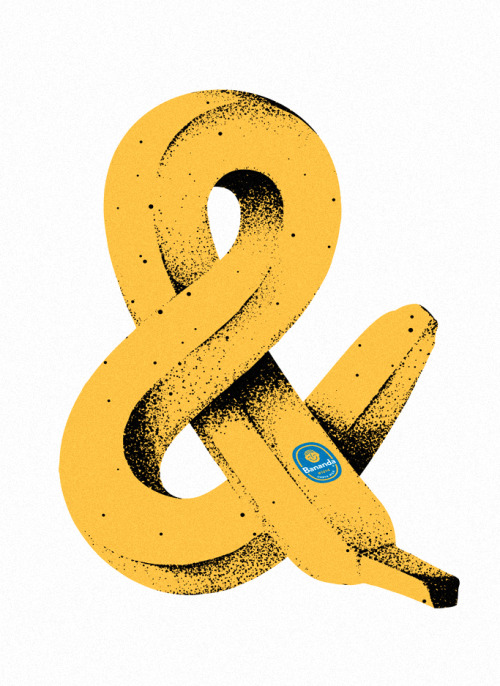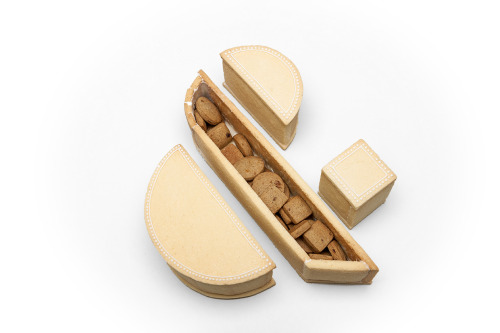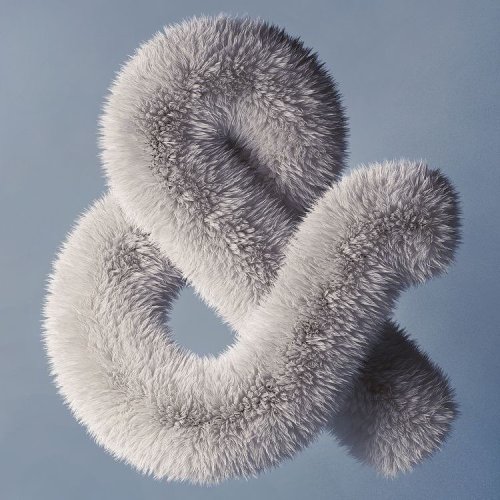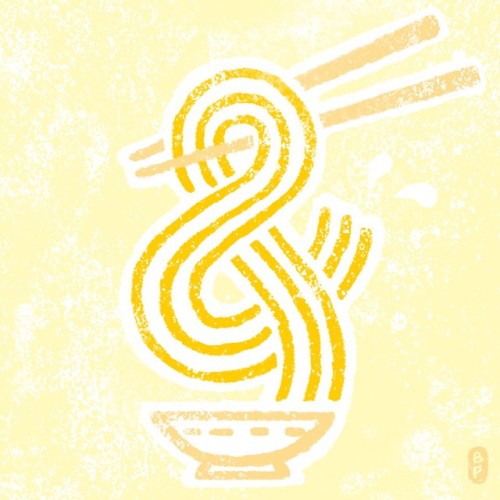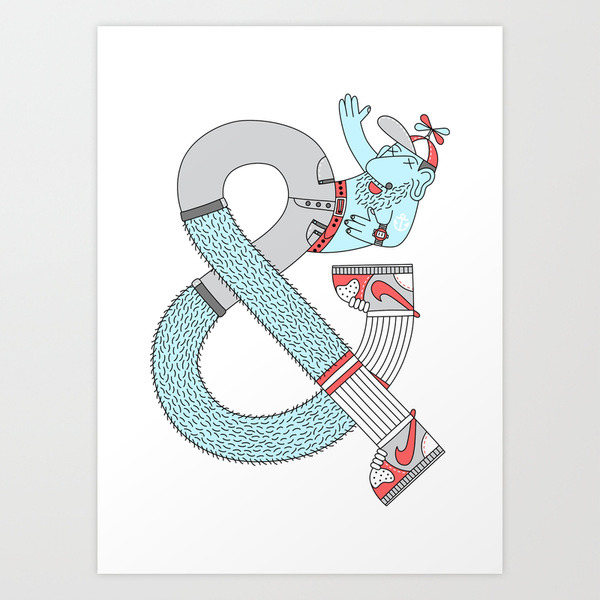The Korean writing system of Hangul isn't written in the manner of just horizontal letters, like the English Alphabet system. Instead, it made up of letters written in both horizontal and vertical to create a syllable.
As seen in the illustration above, there has been an attempt to lay out all the letters horizontally (instead of combining them in a block frame), but this was not widely adapted or accepted due to its lack of readability and difficulty of conveying meaning in Korean.
Every syllable begins with a consonant (initial), followed by a vowel or two (medial), and sometimes ends up with another single or double consonant after a vowel (final).
The literacy rate in Korea today is about 98%, and the majority of those who are illiterate are the older generation women, who went through the time when Korea was under Japanese rule and the Korean War.
Because Hangul isn't just written from left to right, kerning can be seen vertically as well.
If you pay close attention to these letters and to the spacing of letters in each syllable, the “늑” and “늘,” the final consonant “ㄱ” has less strokes than “ㄹ”, and takes up less space under the medial vowel “ㅡ”, and therefore, the position of “ㅡ” in “늑” is lower than that in “늘.” If a type designer does not space every one of the thousands of possible Korean Standard or Unicode syllables carefully, the strokes become compressed and hard to read when typeset. It is similar to the result of “missed kerning” (when specific pairs of individual glyphs in typefaces do not have consistent spacing around them) in the Latin alphabet design.

Extra: I thought this image was an interesting example using Korean Alphabet characters with English Alphabet characters. The letter "S" was replaced by the Korean character "ㅅ" which sounds like S, while the letter "W" to "ㅠ" , "K" to "ㅋ", and "R" and "L" to "ㄹ"
https://moma.org/explore/inside_out/2015/02/05/korean-hangul-typeface-design-a-unique-game-of-modular-design/
http://keytokorean.com/classes/beginner/learn-how-to-read-anything-in-korea-by-learning-hangul/
http://agfont.com/?page_id=3286






















